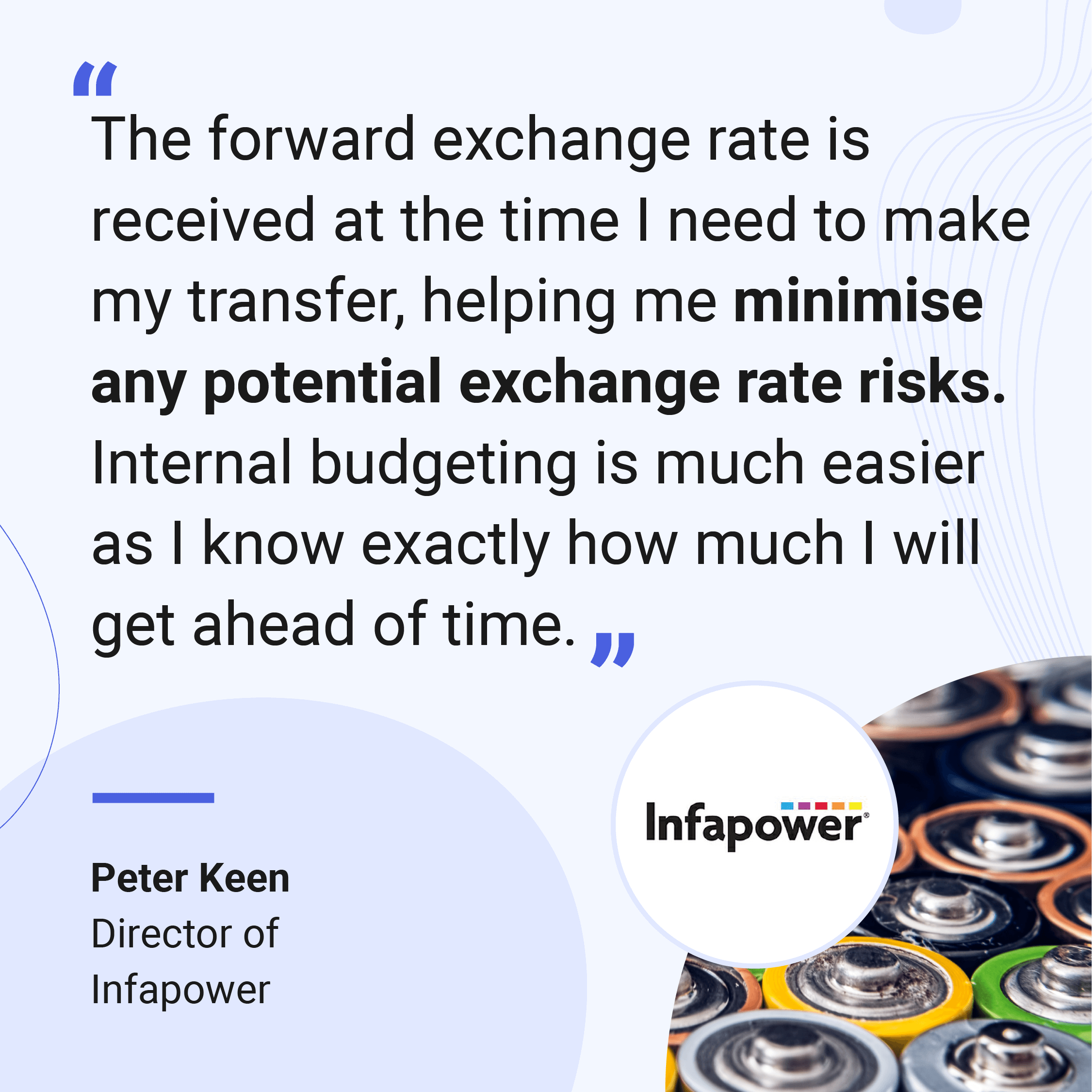
Digital transformation isn’t just for big business. Although large brands’ efforts to become more digitally friendly get a lot of press, small businesses can apply transformative logic to great effect. New tools, technologies and approaches offer small businesses the chance to compete more effectively than ever, provided they invest in the digital transformation of business processes.
In fact, if there’s one thing we can learn from the modern business age, it’s that small players have an impact far greater than their size. Brands that were slow on the uptake when integrating technology into their services found themselves (sometimes) fatally undermined by more nimble, newer brands. Big businesses can be slow to respond and stuck in their ways, giving smaller companies the competitive edge in our connected age.
Even better news for small e-commerce sellers is that improving your business doesn’t always need to be expensive. Using the right tools and being smart about how you prioritise your business objectives can make a substantial difference to your growth potential.
In this article, we’ll explore which digital transformation trends marketplace sellers should watch out for and what they can do now to set themselves up for success. We’ll explore how small businesses can make the most of the digital transformation of their business processes.
What is digital transformation?
Let’s back up for a second: what is digital transformation? Simply put, digital transformation means adapting processes and services to better suit the digital economy. It’s a broad term which can apply to internal and external improvements. But whatever the application, the ultimate goal of digital transformation is to use modern technology to save money, drive efficiency and maximise customer convenience.
Although businesses are increasingly adapting to digital transformation trends, the success of digital transformation initiatives is not guaranteed. For every list of brands’ pioneering transformational projects, there are a greater number of failed experiments. It’s even more common for big brands to announce ambitious digital transformation drives and then fail to deliver, typically due to the size and complexity of their organisations.
That’s why there’s currently a golden opportunity for smaller businesses to take advantage of.
What are the top trends in digital transformation right now?
So, what are some of the main trends in digital transformation right now that sellers can deploy in their e-commerce businesses? We’ve selected four of the most significant trends e-commerce sellers should keep in mind.
Using data to optimise your business: Rise of the CDP (Consumer Data Platform)
Data has been a central tenet of digital transformation trends for years. Part of the appeal of digital technologies is their ability to capture objective data and real-time insights. Data can tell businesses an awful lot about what customers are really thinking, especially as research has shown that often customers don’t behave in the ways they think they do.
Successful companies are the ones that manage to use data to predict and influence customer behaviour. Depending on the business, a company might have hundreds of customer touchpoints, making effective analysis a difficult if lucrative process. Companies will use CDPs (Consumer Data Platforms) to make decisions about what to do next.
However, not every company does data analysis well. It’s entirely possible for larger companies to lose track of what they are trying to achieve with complex data analysis. Multiple stakeholders have their own agendas and priorities, making it a challenge to agree on a suitable course of action.
E-commerce sellers benefit from being much smaller. So long as e-commerce sellers learn the basics, use the right tools and pay close attention to conversion metrics, they can usually improve sales over a short period of time.
What sellers can do: Marketplace sellers should learn how to use Google Analytics as a starting point. Courses are free and available online.
Voice replenishment commerce
Voice technology is nothing new, with the first voice-recognition software launched in the early 1990s. However, smart devices such as Amazon’s range of Alexa speakers and Google Home technologies have dramatically increased voice-searches. Half of all smartphone users engaged with voice technology in 2020.
There’s evidence that shoppers are increasingly opting to order items via voice. A recent survey found that 21% of respondents conducted a voice search on a daily basis. Google found that 62% of customers that regularly use voice-activated devices are likely to make a purchase via voice in the following month.
What sellers can do: Long tail keywords tend to fare better with voice searches. E-commerce sellers should be as exacting as possible with their SEO (Search Engine Optimisation). Search intent is more important than ever, so make sure your product descriptions are tailored to the specifications of each platform you’re selling on.
Business-as-a-service
Just before the millennium, companies sought to take advantage of an increasingly globalised market by outsourcing entire business functions. The strategy met with mixed success, frequently causing more complexity and inefficiency in the long run despite early operational cost reductions.
One digital transformation trend offers a similar conceptual idea, with a critical twist that makes all the difference. Rather than outsourcing internal operations, businesses are outsourcing infrastructure. Any phrase that is followed by “as-a-service” means that the business can partner with other companies to expand their services for the digital age.
Instead of building everything themselves from scratch, companies can launch new features quickly. The partner organisation looks after the complexities of the background infrastructure.
What sellers can do: Small businesses can take this approach too. Partnering with a currency transfer expert like WorldFirst, for example, can enable e-commerce sellers to accept a variety of global currencies without needing to worry about variable and unfavourable foreign exchange fees.
Finance transformation
Whilst we’re on the subject of finance, it might surprise you to learn that big businesses still struggle with paper invoices. For businesses that do invest in digitising their finance functions, the savings are considerable. But there are no guarantees that larger brands will invest in their finance functions, especially as every department competes for limited attention from senior stakeholders.
Small e-commerce sellers need to be especially careful with their finances. Setting your small business up for optimal financial efficiency is not just good practice, but essential to staying solvent. Popular accounting tools like Xero make managing finances easier, reducing the scope for human error that risks swallowing up your time.
Instead of bulk uploading CSV files or manual bookkeeping, e-commerce sellers can collect fast and accurate records for budgeting and tax compliance. The best tools allow sellers to swiftly reconcile transactions in multiple currencies, further enabling your small business’s digital transformation of business processes.
What sellers can do: You want to make sure that there are solutions that integrate with tools like Xero. It’s important to consider which financial partners will make your life easier as you grow and scale your business.
Open a World Account for free
- Open up to 15 local currency accounts, with local sort codes, account numbers and IBANs
- Collect secure payments from 130+ marketplaces, overseas buyers and payment processing gateways
- Pay suppliers, partners and staff in 40 currencies without hidden fees
- Pay and get paid easily with local bank details on your invoices
- Lock in conversion rates to manage your currency risk
Digital payments processing and solutions
Since the financial crisis, access to the worldwide banking system has drastically changed. Innovative financial solutions launched that provide faster, secure systems for businesses and customers alike. Payments processing, in particular, was no longer the sole purview of banks. Competitive services like WorldFirst can help companies of all sizes transact across borders more effectively than ever before.
With a globalised and hyper-connected world, it’s never been easier for small e-commerce sellers to do international business. However, depending on who you partner with, your business could find itself on the hook for extra costs when trying to expand into new markets. It’s better to use a payments provider that doesn’t penalise your business for success.
What sellers can do: In the past, businesses large and small had to rely on traditional banks to process payments, but not anymore. Services like WorldFirst’s International Payments and International Collections accounts are designed to ensure that your small e-commerce business can scale without punitive costs. As an Ant Financial company, WorldFirst accounts offer seamless access to the Chinese consumer market whilst also maintaining critical seller protections.
How can marketplace sellers drive the digital transformation of business processes?
We’ve drawn together three pieces of advice for ambitious sellers that want to leverage the best digital transformation trends.
Learn from the best (and the worst)
There are some brands that have truly done an amazing job of digital transformation. But there are also some very high profile mistakes which can be instructive. Here are some transformational sticking points you’d probably rather avoid:
- Transformation for transformation’s sake: Will your new strategic direction help your customers or not? It sounds obvious, but it can be all too easy to get distracted.
- Tone deaf marketing stunts: There’s a fine line between being relevant and being insulting; the key is to do your research ahead of time.
- Failing to own your mistakes: In internet culture, doubling down and refusing to own up to your mistakes rarely wins you any friends and can damage your credibility; small businesses aren’t immune from scandal.
Don’t be afraid of failure
Digital transformation trends are usually at the cutting-edge of technology. As a result, it isn’t always obvious what will and won’t be a success from the outset. To get the most out of your business you need to embrace the notion of experimentation, which sometimes means being willing to fail and learn from your mistakes.
Thankfully unlike large enterprises, your risk appetite is determined by you and you alone. You don’t need to wait ages to try something new, or hang on for endless internal approvals. If you want to try something out, you should. Just make sure to set up success criteria ahead of time and be ready to move on if necessary.
Make the best use of the tools available to you
Part of the reason that digital transformation is so powerful is that the internet is the great leveller in many ways. Tools that might have been reserved for the biggest businesses are now more accessible than ever.
Payment providers like WorldFirst can help you compound advantages, as they are designed to provide the most favourable transacting terms possible for small operators. Operating costs can be much lower for small businesses setting up in the modern day. Lookout for useful partners that can make your small operation a David in an age of online Goliaths.
Increasing competitiveness by incorporating digital transformation trends
Digital transformation trends are constantly evolving and developing. For small e-commerce businesses, it’s critical to check-in regularly with what’s up and coming in the business world. Today that means keeping up with the developments in voice technology and leveraging the best tools to enable growth across international borders.
Although the biggest brands get a lot of coverage when they experiment with digital transformation, it’s actually smaller businesses that can move quicker. By selecting the best tools, committing to delivering a great customer experience, and carefully expanding your customer base, you’ll increase your chances of thriving in the future. But the level of success will be dependent on which tools you choose.

Businesses like yours trust WorldFirst
- Almost 1,000,000 businesses have sent $150B around the world with WorldFirst and its partner brands since 2004
- Your money is safeguarded with leading financial institutions

What our customers say about our services





